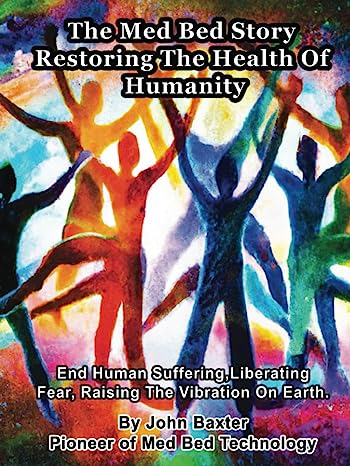Nikola Tesla, a mastermind of innovation and a pivotal figure in the development of modern electrical and electromagnetic technology, has made enduring contributions that extend far beyond the commonly cited alternating current (AC). This article explores Nikola Tesla's scientific contributions, focusing on his pioneering work in wireless power transmission and X-ray technology, among others, highlighting how these advancements have shaped contemporary science and technology.
Tesla’s Revolutionary Impact on Science and Technology
Nikola Tesla's work has left a profound imprint on the world, fundamentally altering the landscape of science and engineering with his visionary ideas and inventions.
1. Wireless Power Transmission
- Overview: Tesla's exploration of wireless power transmission is perhaps one of his most futuristic concepts. His work culminated in the construction of the Wardenclyffe Tower, designed to transmit electrical energy without wires across the Atlantic.
- Impact: While the Wardenclyffe project was never completed, Tesla's dream of global wireless power has inspired ongoing research and development in wireless charging technologies and even speculative ventures into global Wi-Fi networks.
2. The Development of the Tesla Coil
- Invention: The Tesla Coil, which Tesla patented in 1891, is an electrical resonant transformer circuit capable of producing high-voltage, high-frequency alternating current (AC). It was originally developed as part of Tesla’s experiments with electrical lighting and wireless electricity transmission.
- Applications: Beyond its initial purpose, the Tesla Coil has had numerous applications in radio technology and as a teaching tool in physics education, demonstrating the principles of electromagnetism.
3. Advancements in X-Ray Technology
- Innovations: Tesla was one of the first scientists to experiment with X-Ray imaging, independently making discoveries around the same time as Wilhelm Röntgen. Tesla experimented with various types of tubes and even cautioned the scientific community about the dangers associated with X-ray radiation.
- Legacy: Tesla’s early X-ray images, which included parts of the human body, marked significant advancements in medical diagnostics. Although not as celebrated as Röntgen, Tesla’s contributions to the development of radiology have been invaluable.
4. Radio and Remote Control
- Pioneering Work: In 1898, Tesla demonstrated a radio-controlled boat—an invention that proved the principles of radio and remote control. He envisioned the use of radio waves for controlling devices, a technology that has since permeated everything from the mundane to advanced military systems.
- Impact: Tesla’s demonstration predates and arguably contributed to the development of modern radio and remote control technologies, influencing numerous applications from everyday wireless devices to sophisticated drones and automated systems.
5. Electro-Mechanical Oscillators
- Inventions: Tesla created various devices known as electro-mechanical oscillators, hypothesized for applications ranging from generating electricity to earthquake machines. His oscillators were designed to produce vibrations and were among the first experiments in mechanical resonance.
- Influence: While the practical applications of Tesla’s oscillators were limited at the time, the underlying principles have been applied in various fields, including seismic research and mechanical engineering testing.
Challenges and Ethical Considerations
Tesla’s journey was not without its challenges. Despite his brilliance, many of Tesla's more speculative projects never saw practical application in his lifetime. His commitment to enhancing human well-being through free energy presents a compelling ethical narrative in today’s context of global energy crises and environmental concerns.
Conclusion: Tesla's Legacy and Modern Science
Nikola Tesla's scientific contributions have proved to be incredibly forward-thinking, with many becoming fundamental components of various modern technologies. As we continue to explore and expand on Tesla's innovations, his work remains a beacon of inspiration, driving further research and development in energy transmission, medical imaging, and wireless applications. Tesla's blend of scientific genius and altruistic intent continues to resonate, underscoring the importance of innovation in service to humanity.




